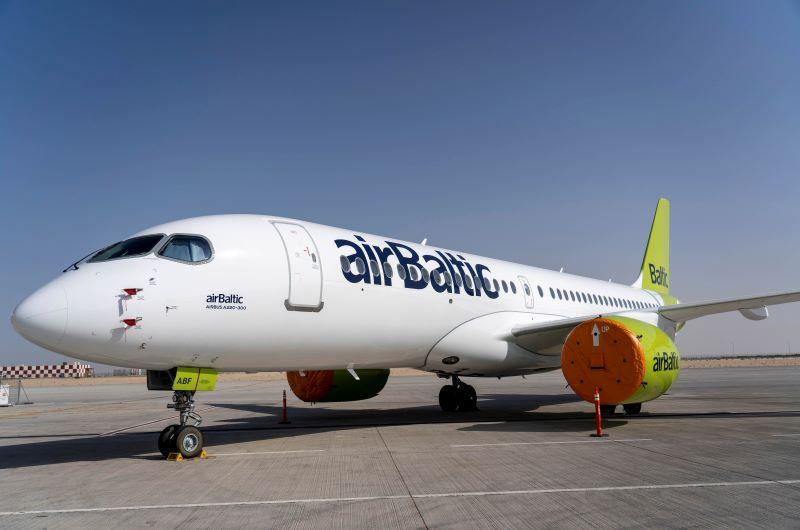
Credit: Airbus
Latvian flag-carrier airBaltic faced a 30% drop in bookings when Russia invaded Ukraine, but the carrier is confident it will compensate for lost revenue with other destinations. AirBaltic was one of the very first airlines to decide to leave the Russian market until further notice. The airline...
Subscription Required
This content requires a subscription to one of the Aviation Week Intelligence Network (AWIN) bundles.
Schedule a demo today to find out how you can access this content and similar content related to your area of the global aviation industry.
Already an AWIN subscriber? Login
Did you know? Aviation Week has won top honors multiple times in the Jesse H. Neal National Business Journalism Awards, the business-to-business media equivalent of the Pulitzer Prizes.

